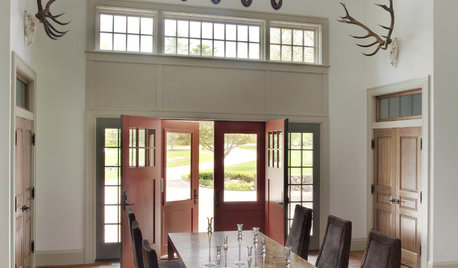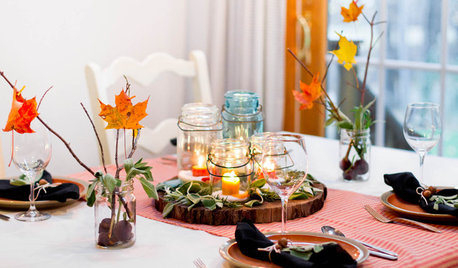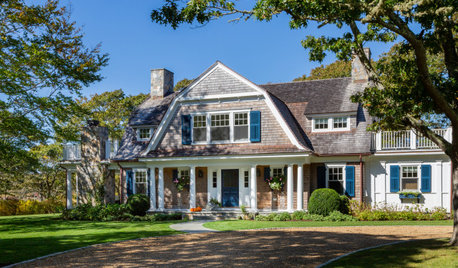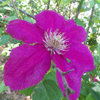A Comprehensive Guide to Clematis
nckvilledudes
18 years ago
Related Stories

ARTCollect With Confidence: An Art-Buying Guide for Beginners
Don't let a lack of knowledge or limited funds keep you from the joy of owning art. This guide will put you on the collector's path
Full Story
MOST POPULARYour Guide to 15 Popular Kitchen Countertop Materials
Get details and costs on top counter materials to help you narrow down the choices for your kitchen
Full Story
DECORATING GUIDESYour Guide to Window Treatments
The right window treatments can provide privacy, light control and safety — or just better style
Full Story
SHOWERSYour Guide to Shower Floor Materials
Discover the pros and cons of marble, travertine, porcelain and more
Full Story
TRAVEL BY DESIGNTravel Guide: Melbourne, Australia, for Design Lovers
This 'most livable city' offers a wealth of visually inspiring hotels, restaurants, sights and shops for travelers too
Full Story
NEUTRAL COLORSColor Guide: How to Work With Beige
If you yawn and dismiss it, you're missing out on beige's infinite subtleties and the possibilities it brings to room designs
Full Story
GREENColor Guide: How to Work With Chartreuse
As earthy or electric as you please, this yellow-green hue brings the zing or just freshness to homes from traditional to modern
Full Story
MOST POPULARThe Not Naturally Organized Parent's Guide to the Holidays
This year get real about what you can and cannot handle, and remember the joys of spending time with the ones you love
Full Story
CONTRACTOR TIPSYour Complete Guide to Building Permits
Learn about permit requirements, the submittal process, final inspection and more
Full Story
REMODELING GUIDES25 Most Bookmarked Remodeling Guides of 2012
Seems like Houzzers couldn't get enough advice on renovating basements, kitchens, showers and even laundry rooms this year
Full Story



shebear
nckvilledudesOriginal Author
Related Discussions
clematis 'Guiding Star'
Q
Book...The Timber Press Guide to Succulent Plants of the World
Q
Is this a comprehensive install article?
Q
What are some helpful books or guides about native plants?
Q
shebear
nckvilledudesOriginal Author
halds
nckvilledudesOriginal Author
nckvilledudesOriginal Author
halds